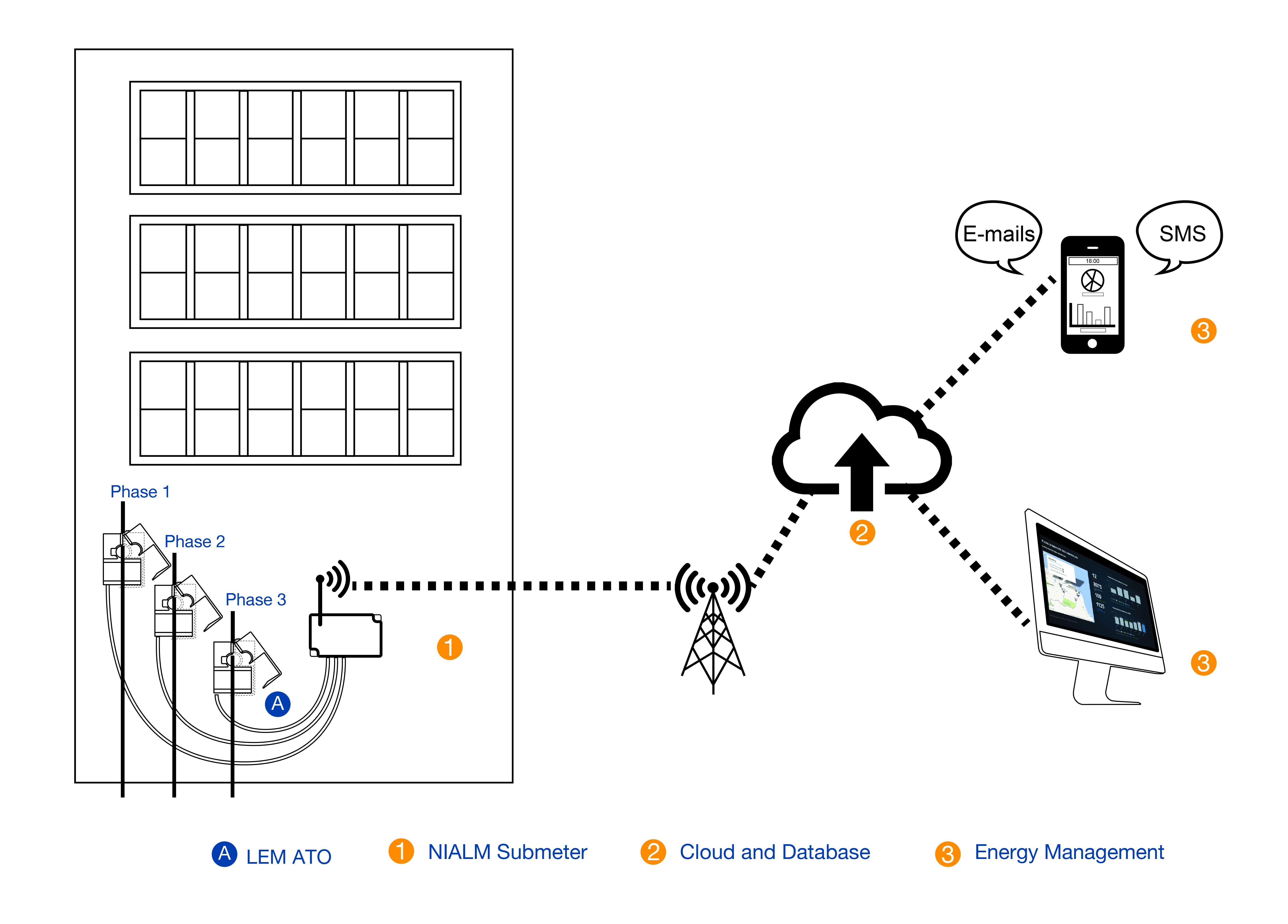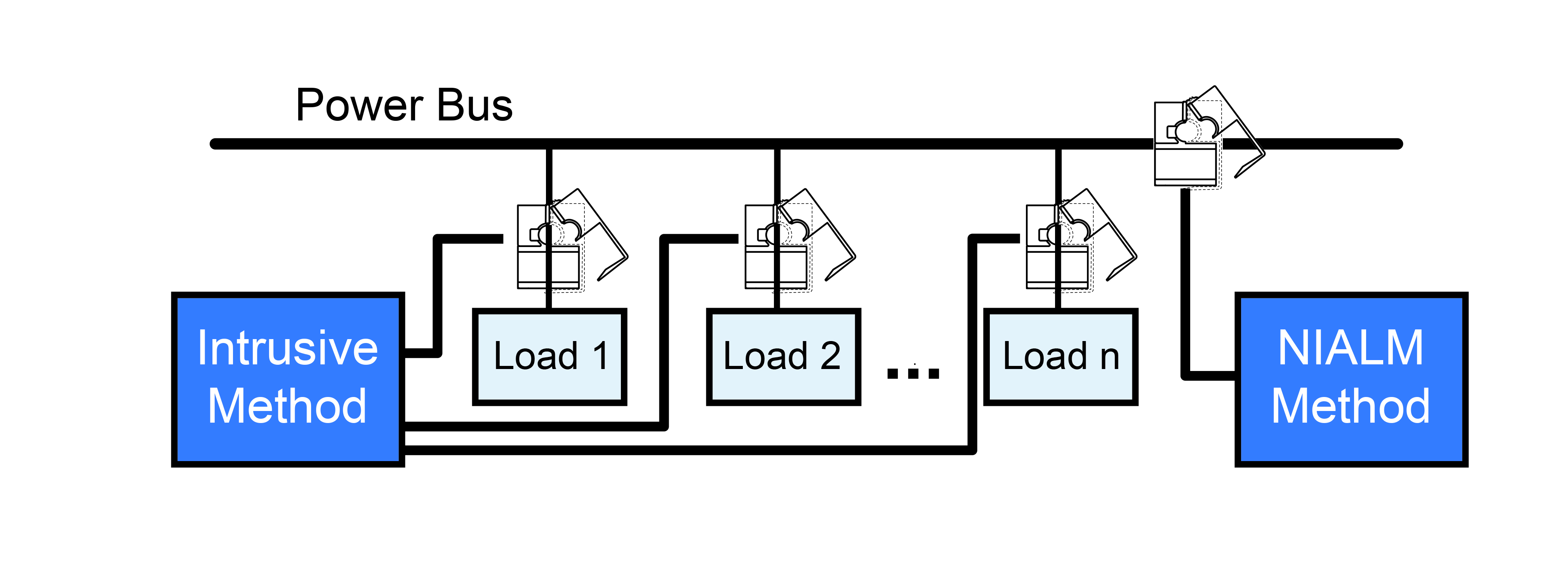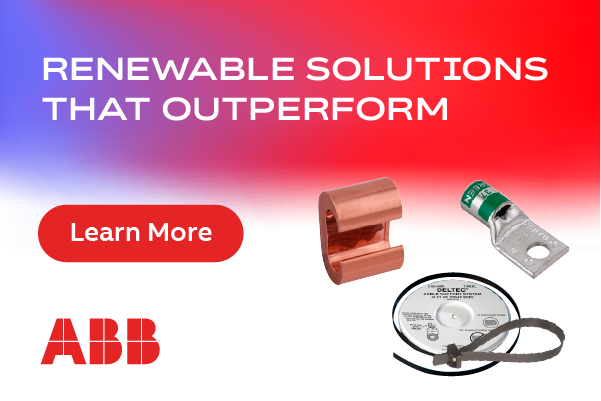Smart Building Energy Disaggregation: Submetering with Split-Core CT Sensors
Industrial companies, factories and multi-tenant building owners are increasingly installing submetering equipment in order to collect real-time, in-house energy usage data. This allows for accurate allocation of costs, calculation of internal billing and the implementation of new energy efficiency measures.
Rising energy costs around the globe, along with government enforcement of ISO 50001 energy efficiency standards, have prompted many companies to launch initiatives to better understand their energy consumption and reduce peak demand charges wherever possible. Reducing the energy consumed by heating, air conditioning, lighting, display lighting, signage and other electrical appliances can result in hundreds of thousands in cost savings annually. In addition, companies with several factories want to participate in utility company peak-demand saving incentives aimed at reducing electrical loads at certain times of the day. These incentives reduce energy costs, provided the factories can "off-load" demand for a certain period when required. Companies need to understand how their properties are using electricity in order to develop strategies aimed at increasing energy efficiency.
A new approach to submetering
Traditionally, energy monitoring required installing several multi or single point submeters in each supply closet, each one capable of monitoring 1 to 3 phase circuits (Figure 1, above). Due to the layout of the factory, electrical distribution might be in several closets throughout the building, and might require several submeters mounted in close proximity. Unfortunately, this method is costly, intrusive, and requires significant installation and maintenance efforts.
A more innovative way to obtain appliance-specific data is by the disaggregation of total power consumption data, acquired at the main breaker level. The Non-Intrusive Appliance Load Monitoring (NIALM) method uses a statistical approach to processing a single power measurement to extract equipment and appliance-level data from the aggregate without any plug level sensors (Figure 2, right).
main breaker level. The Non-Intrusive Appliance Load Monitoring (NIALM) method uses a statistical approach to processing a single power measurement to extract equipment and appliance-level data from the aggregate without any plug level sensors (Figure 2, right).
Consumption data for an entire building can be collected by combining high-accuracy split-core current transformers, a NIALM submeter, and a gateway
(Figure 3, below):
- Split-core ferrite-based sensors clamp directly onto the building's main circuit without having to disconnect the primary conductor.
- The NIALM submeter carries out real-time power consumption breakdown and analysis, and then transmits energy consumption data to a gateway.
- The gateway stores this data to the cloud so it can be accessed by the building manager, and analyzed with an energy management application to identify ways to reduce power consumption.

New ferrite compounds
Although ferrite compounds have been used in current transformer sensors for years, their poor performance (in terms of saturation level and magnetic permeability) made them unusable at frequencies as low as 50/60Hz. Recent developments, however, have both greatly improved the performance of new ferrite compounds at these frequencies, and brought these advantages to a wide range of power monitoring applications.
The new types of ferrite have significantly enhanced permeability; they can be implemented in 50/60 Hz current transformers as a substitute for FeSi or FeNi cores, despite the low magnetic saturation level. Split-core current transformers using these new types of ferrite can accurately measure AC signals in an extended frequency range that includes 50/60 Hz. In addition to taking advantage ferrite's intrinsic ability to provide high accuracy and excellent linearity even at very low current levels, these sensors can also feature particularly low phase-shift between input and output currents. This is essential for accurate measurements of true active power or energy. In contrast to materials like FeSi or FeNi, the hard, dense cores of the newer types of ferrite allow air gaps to be minimized, and are virtually immune to ageing and temperature changes.
Thanks to the ability of these new ferrite compounds to deliver all this at a lower cost, high performance can be delivered at a lower price. Features to look for in a split-core current transformer for use with NIALM submeter include:
- 600V, Cat III insulation
- IEC 61869-2 compliance
- Phase displacement respected
- mA, 225mV, 333mV output
- No interruption of electricity
Today's overall signal-to-noise percentage of correctly reconfigured appliances with IALM algorithm based submetering solutions is around 80-90%, and keeps improving. Real-time energy information and energy disaggregation-based solutions, using high-performance sensors, can influence consumer behavior to increase savings and drive engagement, all at a lower cost than traditional submetering methods. Energy disaggregation technology can also be used to perform remote energy audits, measure and validate utility demand-response programs, and resolve high bill disputes between the utility and the building owner.
John Marino is the General Manager of LEM, the market leader in providing innovative and high quality solutions for measuring electrical parameters. Its core products - current and voltage transducers - are used in a broad range of applications in drives & welding, renewable energies & power supplies, traction, high precision, conventional and green cars businesses. LEM's strategy is to exploit the intrinsic strengths of its core business, and to develop opportunities in existing and new markets with new applications. LEM is a mid-size, global company. It has production plants in Beijing (China), Geneva (Switzerland), Machida (Japan) and Sofia (Bulgaria). With its regional sales offices close to its clients' locations, the company offers a seamless service around the globe.
LEM | www.lem.com
Volume: 2017 May/June








